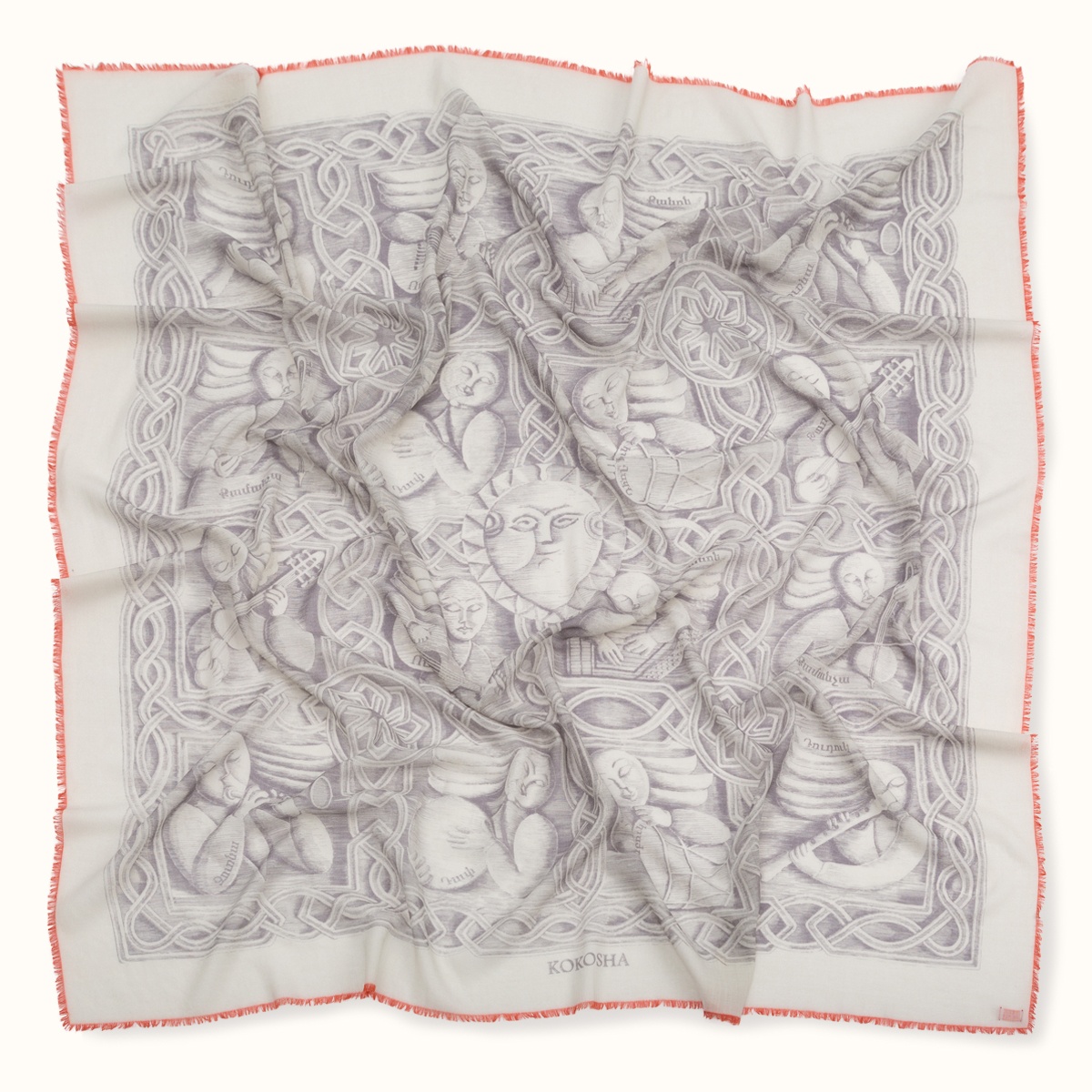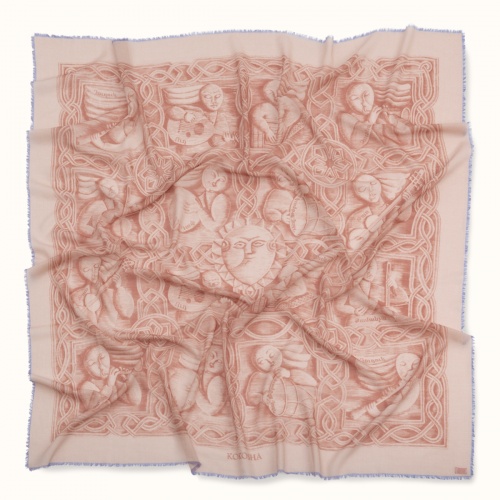The Armenian people have been making their beautiful music for centuries; the roots of this art lie deep in the past. The Armenian music gained its distinct qualities as far back as in the second century BC. The works of ancient Armenian scholars mention the masterful skill of singers and storytellers that lived in the nation long before the conversion to Christianity. Preserved archival records continue excerpts from old songs: rhyming accounts of Ara the Handsome and Semiramis (Shamiram), Queen of Assyria, or the tales of King Artaxias.
Armenia adopted Christianity as its state religion in 301 AD, whereupon foundations were laid for the development of Armenian church music. Songwriting and singing were added to the curriculum at the final stage of school education at the end of the 4th century. Church songs from the 5th century onward began incorporating musical traditions from the Paganism period, as well as folk music elements favoured by local peasants. The final phase of Armenian music's development lasted from the 10th to the 13th century. The 10th century in particular saw the birth of Tagh, a special genre of professional monodic songwriting. Tagh pieces were long and could be both clerical and secular; their narratives ranged from epic drama to lyrical contemplation. Such songs were commonly performed by ashughs, folk singers and poets that accompanied themselves on different instruments, such as tar, saz, kemençe or duduk.
This shawl embodies our impressions after seeing the true masterpieces of Armenian stone masonry, which are unrivalled around the world. Khachkars, or cross-stones, are special architectural landmarks and holy relics. A khachkar looks like a stone stele with across carved into it. The name is derived from two Armenian roots: khach means cross, and kar means stone. Such steles are covered in intricate patterns, which make them look feather-light.
Our shawl depicts ashugh singers, seemingly carved from stone. They are singing and playing old musical instruments







